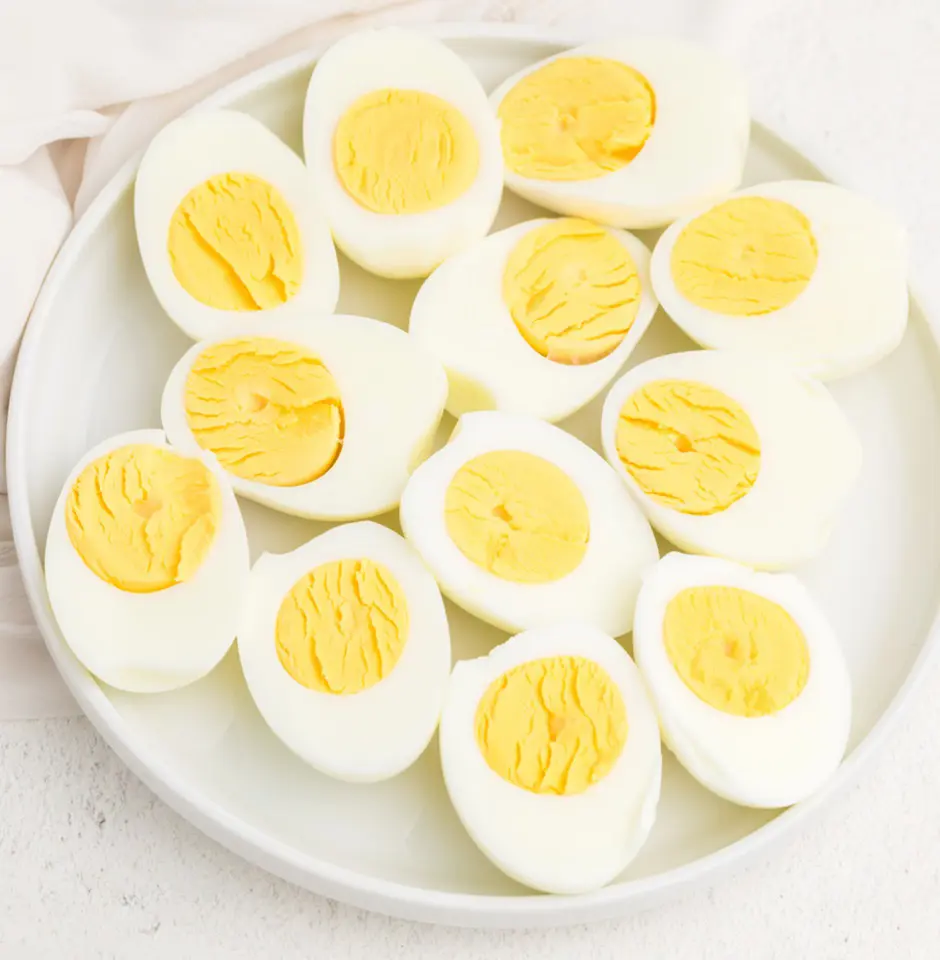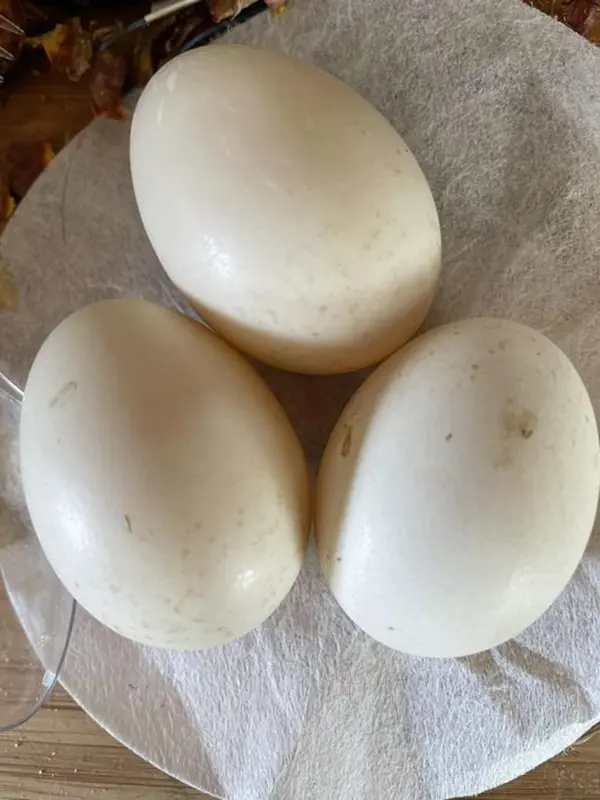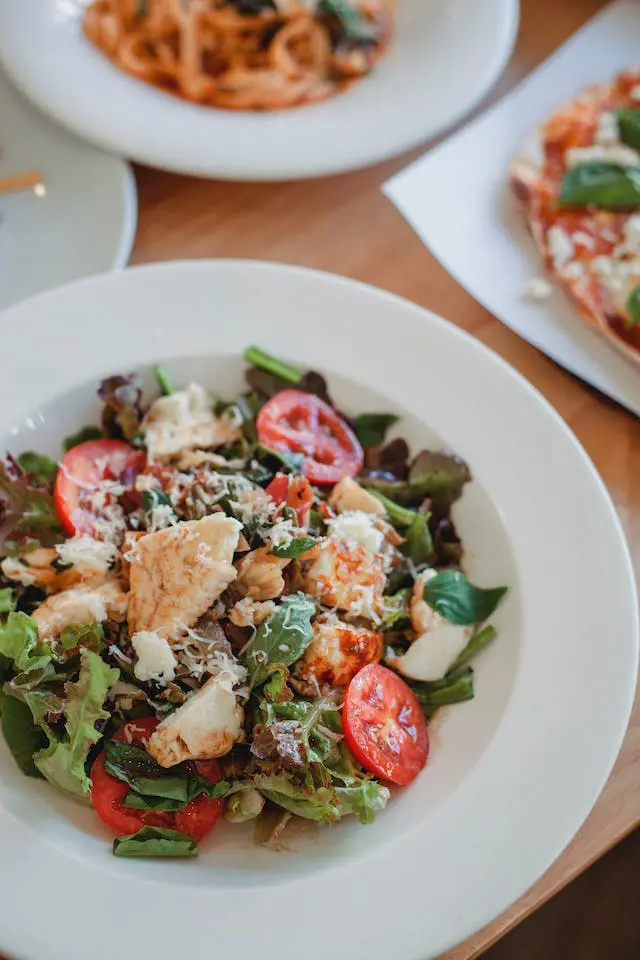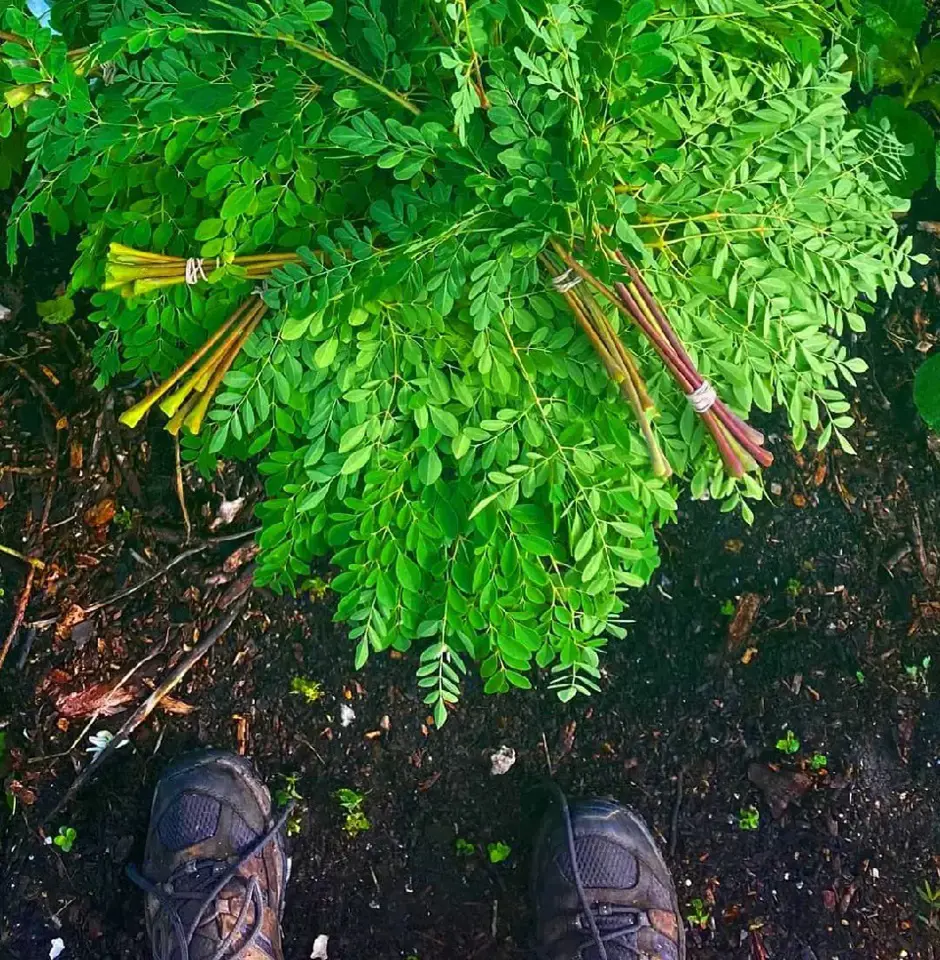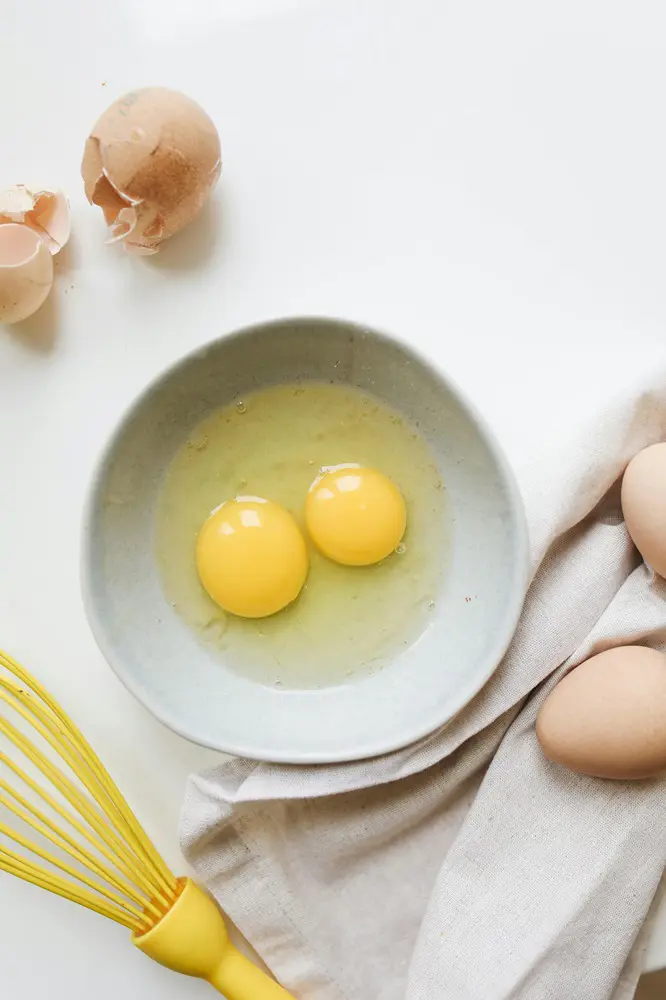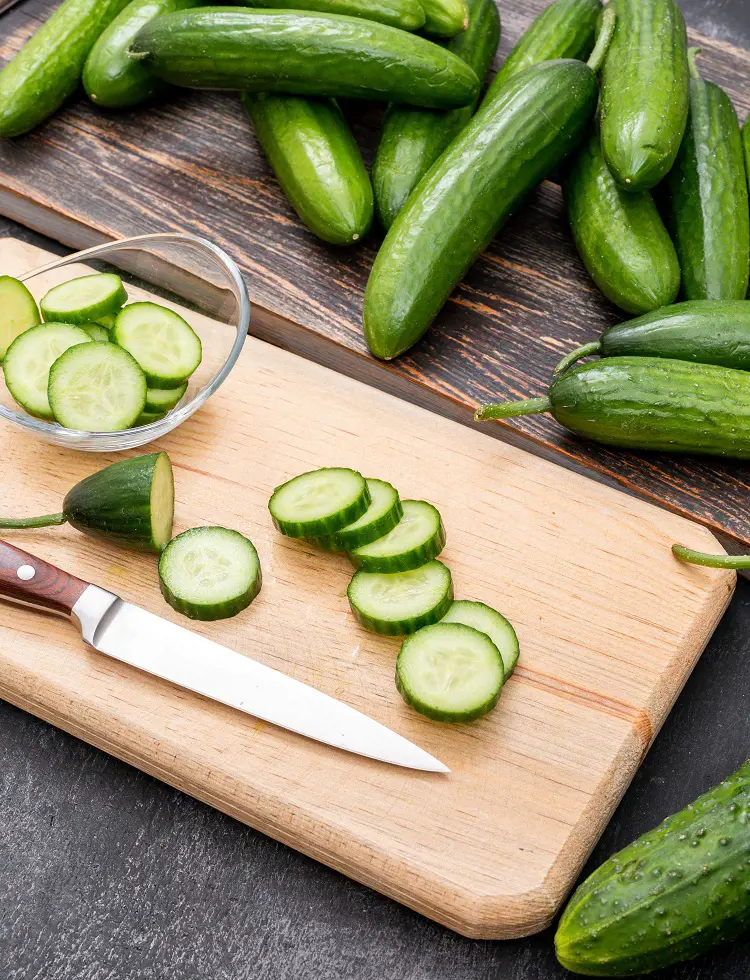Top 20 Low Histamine Foods
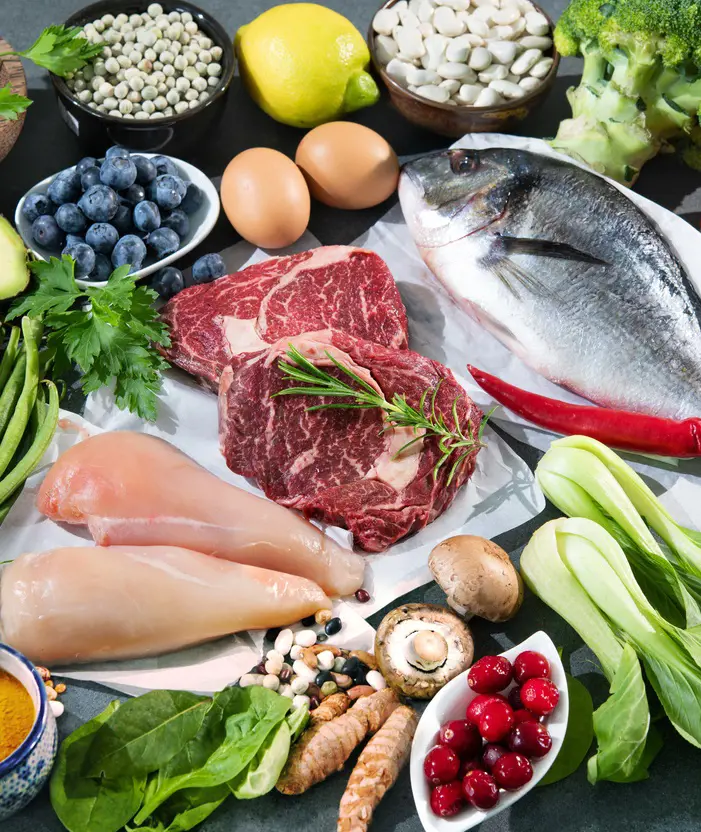
This post may contain affiliate links. If you make a purchase through links on our site, we may earn a commission.
In response to an allergen, your body naturally produces a bioactive amine called histamine. Although it's a very important biochemical that is good for digestive, immune, and nervous systems, it may lead to allergic reactions if your body doesn't have enough of the enzyme that breaks down histamine.
However, quantifying histamine levels can be difficult because the same food may have distinct levels depending on the preparation and storage process. It's also crucial to remember that your tolerance to immune chemicals will be unique and vary over time. Here we listed the top 20 foods to add to your diet if you have histamine-related issues.
1. Eggs
Eggs are low in histamines, and the cooking method does affect their immune chemical level, so they are perfect for adding to a low-histamine diet. You can consume eggs as you like by boiling, frying, or poaching without concern about the risk.
In addition, eggs white, mainly raw, were believed to act as a histamine liberator. However, boiled eggs are considered more beneficial for your health as they supply other vital nutrients, vitamins, and minerals.
2. Fish
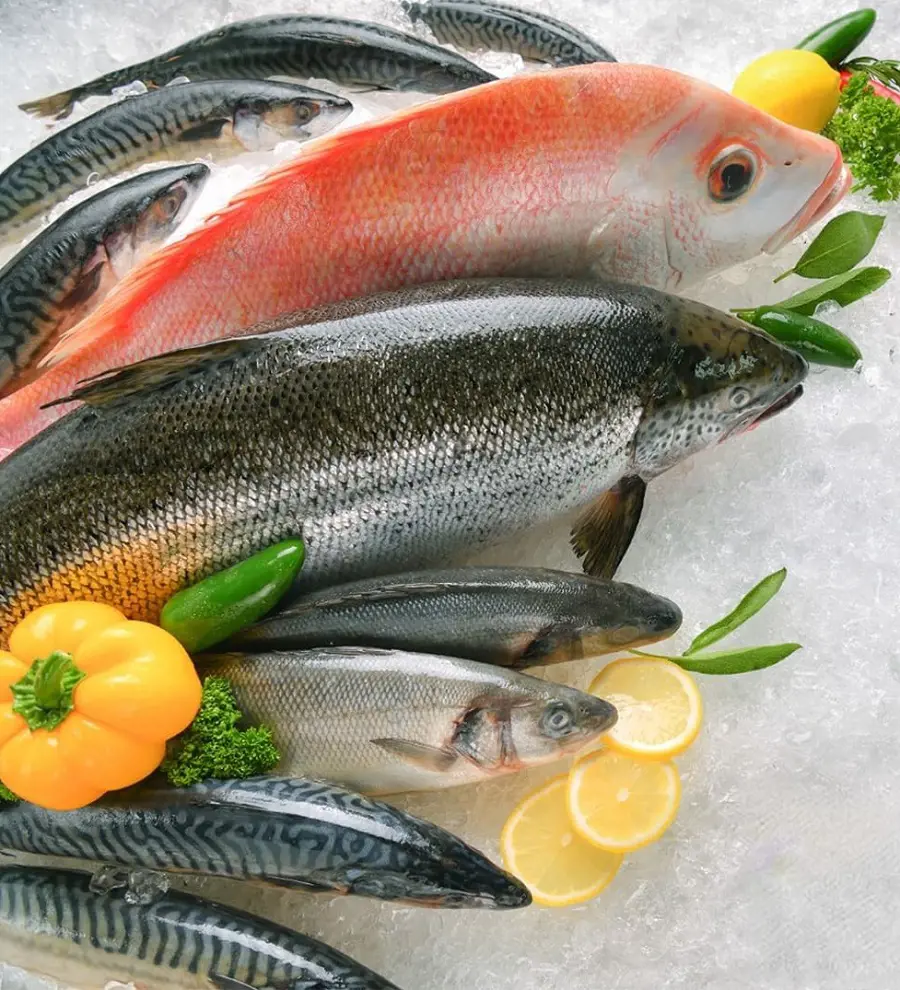
Based on the freshness and species of the fish, histamine levels are determined by the fish you choose. Histamine is created when bacteria in the skin, guts, and gills of the fish break down histidine, an amino acid. For this reason, some fish include high levels of histidine.
However, some species of fish are believed to have lower anti-histamine action, including plaice, trout, carp, and hake. While selecting fish, choose the freshest or frozen fish. Also, during thawing, the histamine levels may start to increase, so be aware before consuming fish.
3. Meat
Fresh or frozen meat is low in histamine. However, the cooking procedure could influence its level. Having fried or grilled meat will increase this chemical content. So instead of having fried food, choose fresh or frozen meat like chicken, beef, salmon, lamb, and turkey.
Poach or boil to avoid the risk, as boiled foods have the same or less organic nitrogenous compound than raw foods. Avoid canned meat, shellfish, leftover or refrigerated meats, processed, cured, or smoked meats, as it increase the histamine level.
4. Some Cheese
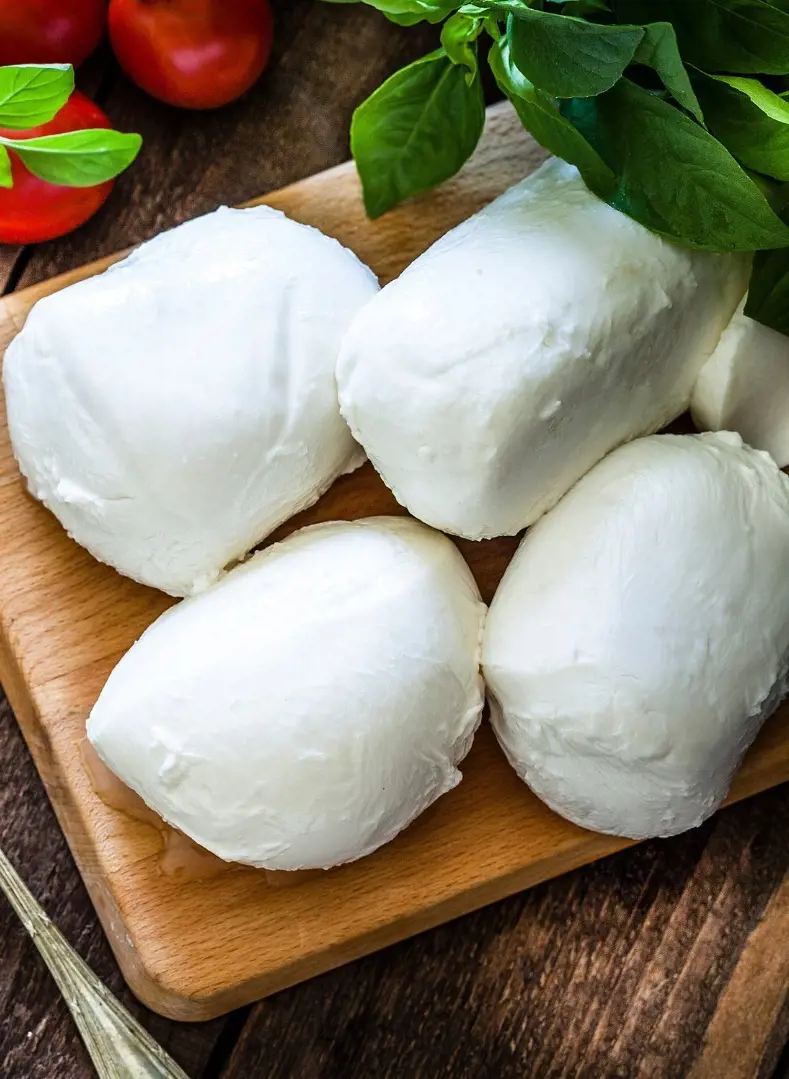
If you are a cheese lover, then some types of cheeses are low in histamine, including mozzarella, mascarpone, cottage cheese, and some plain soft cheese without additives.
Also, the cheese from pasteurized milk is less risky than raw milk, as fermented and aged cheese are considered high histamine ingredients. So, consuming unaged cheeses reduces the chemicals released by the immune system.
Low histamine cheeses are:
- Fresh cheeses
- Cream cheeses
- Mascarpone cheese
- Fresh Sheep's milk cheese
- Fresh Goat cheese
- Ricotta cheese
- Cottage cheese
- Mozzarella cheese
- Cheese curds
5. Quinoa
Quinoa is a great choice if you have histamine intolerance, as it includes an excellent source of nutrients that aid in decreasing histamine levels. Copper, zinc, and manganese-rich food are considered best for dealing with these symptoms.
Copper boosts the brain and kills histamine, while zinc and manganese assist in lowering an increased amount of copper. Quinoa makes a good base for salad, pilaf, or tabbouleh, so combine this pseudo-grain with fresh vegetables and serve with fresh chicken or eggs in order to lower immune chemicals.
6. Sweet Potatoes
Sweet potatoes are unlinked with histamine release. As a result, these foods are less likely to trigger histamine-related symptoms in people with these symptoms. Besides this, it also promotes the discharge of digestive enzymes from the pancreas.
It's a great factor as it shows the symptoms of digestive distress in many people while considering histamine intolerance. While cooking sweet potato, you need to add the correct oil and ensure the temperature level.
7. Asparagus
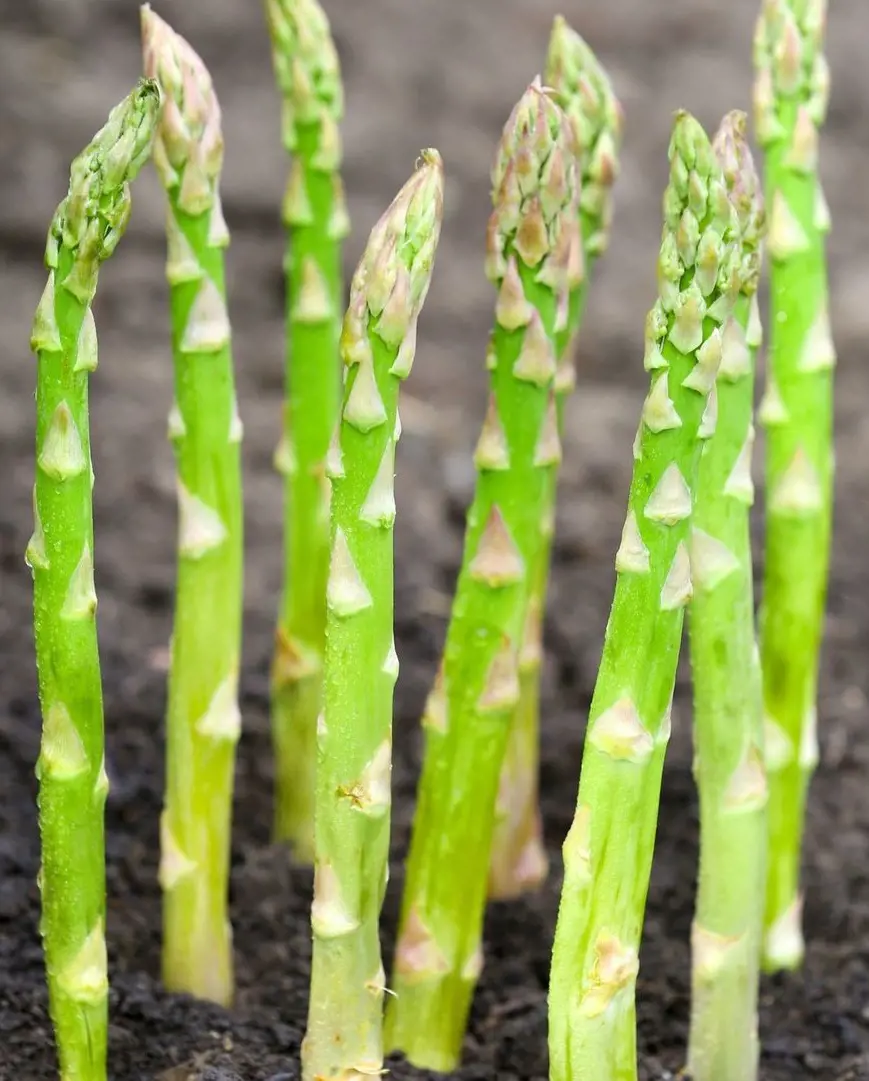
Asparagus is generally regarded as low in histamine, which makes it a good choice for people with histamine intolerance or sensitivity. It's also low in other amines and does not activate the release of immune chemicals in your body.
While experiencing symptoms, keep meals simple. However, every individual has unique dietary triggers, and their tolerance can vary, so it's essential to observe your body's reaction to asparagus if you have histamine-related issues.
8. Artichokes
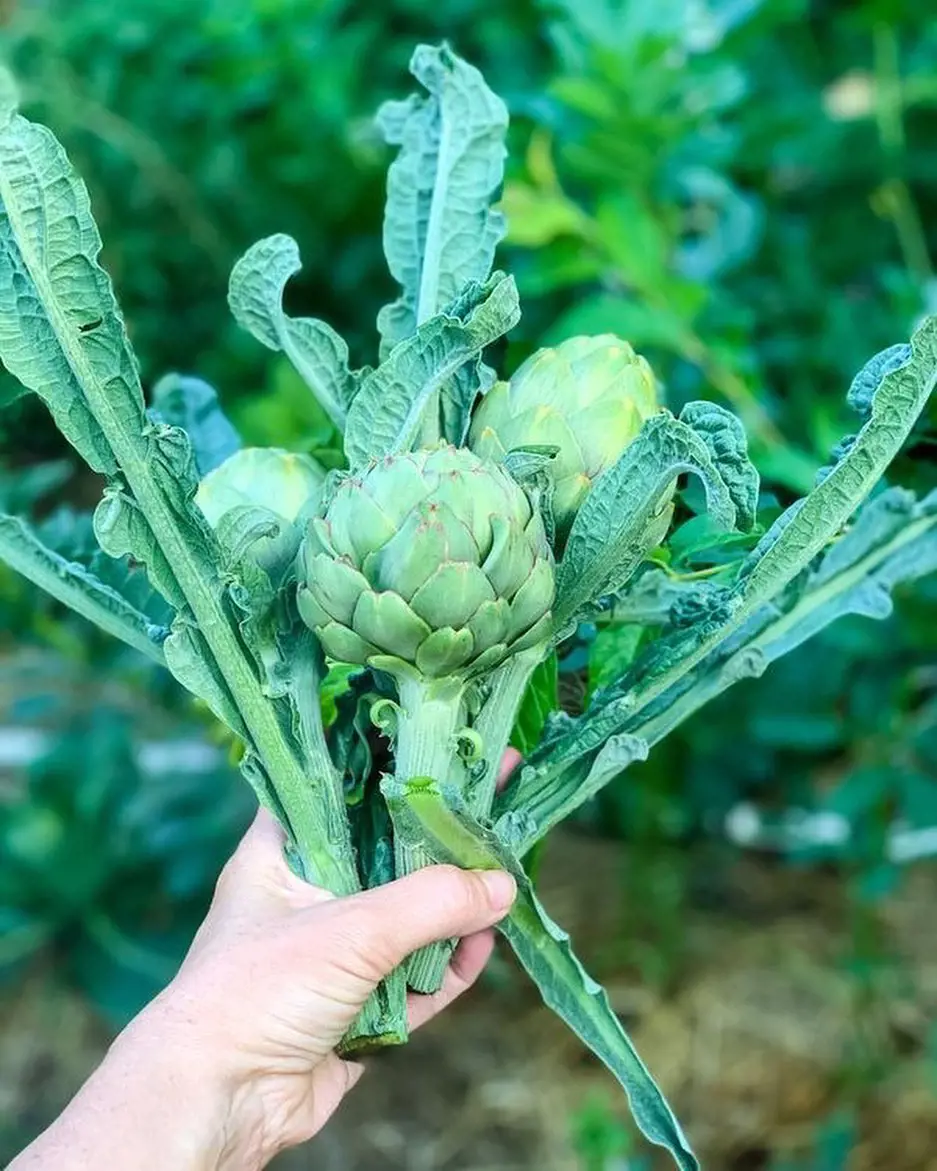
Artichokes come under a low histamine food list. Although it includes some amount of immune chemicals, the levels are typically insignificant enough to activate major bioactive amine-related issues. This vegetable is a good source of flavonoid luteolin, which assists in balancing the cells that store this chemical.
In addition, this vegetable extract may assist the activity of enzymes to break down this compound while supporting the metabolism of histamines in the body. It suggests that eating artichokes has anti-histamine action and helps the body process while lowering the chance of experiencing the symptoms.
9. Watercress
Watercress is likely low in histamine. This leafy green contains a beneficial plant compound that aids in preventing immune chemical discharge from mast cells. As it is rich in the flavonoid luteolin, this compound supports stabilizing the cells that store bioactive amine.
So, this green vegetable is an ideal choice for you to include in your diet if you have histamine-related issues. You can easily swap out spinach, high histamine food, and replace it with peppery watercress to avoid the risk.
10. Legume Sprouts
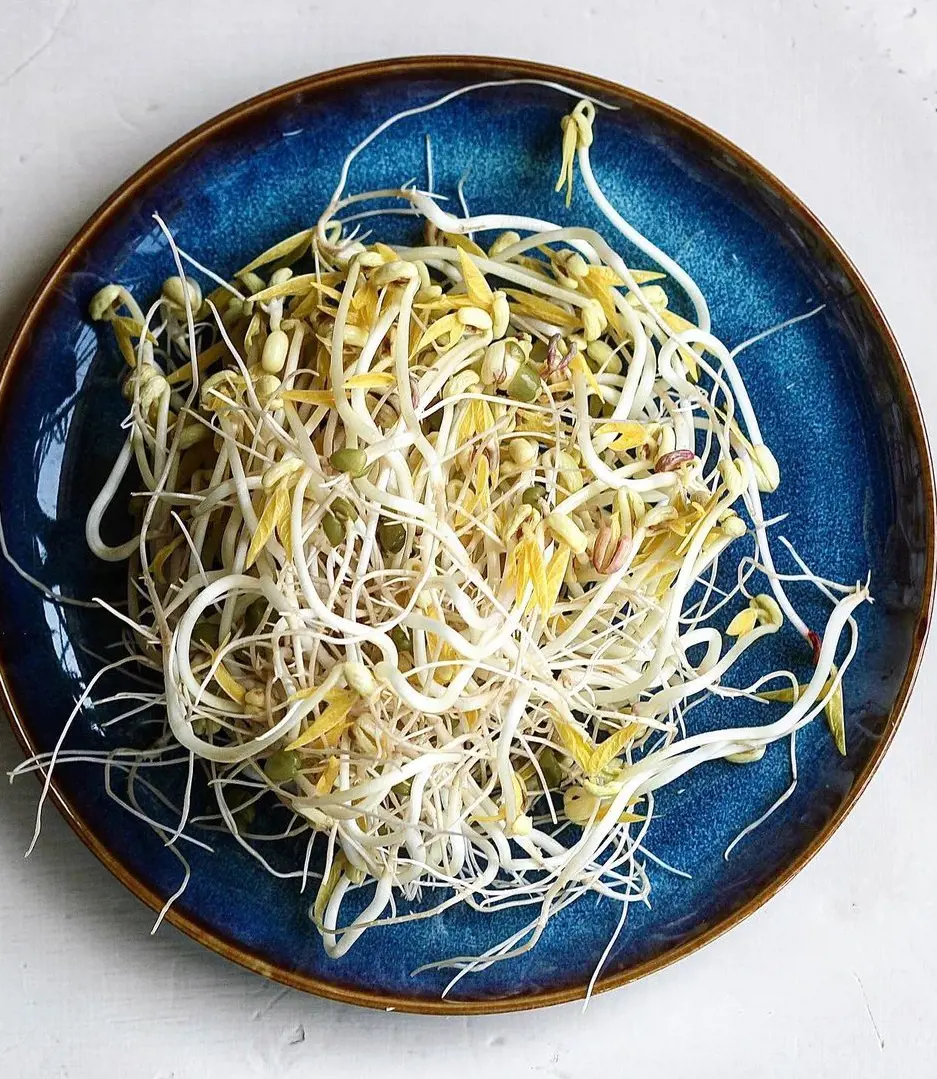
As a powerful natural antihistamine, legume sprouts, like beansprouts and pea sprouts, are rich in diamine oxidase (DAO). It's an enzyme that assists in breaking down histamine in the body so you can flush it out safely.
It is considered that rather than non-sprouted seeds, sprouted beans provide as much as 250 times higher action of this enzyme. In addition, sprouts can aid in combating the allergy symptoms. So, consuming sprouts is an ideal way to maintain immune chemicals in balance and keep a runny, sneezy nose at bay.
11. Cauliflower
Do you know most fresh vegetables come under the list of low histamine foods? In this list, cauliflower is healthy for a low histamine diet. This cruciferous vegetable is a good source of Vitamin C and Vitamin B6, which have been shown to lower the symptoms of histamine intolerance and seasickness.
Vitamin B6-rich foods support diamine oxidase (DAO) levels, a histamine-degrading enzyme. You can enjoy simple cauliflower rice, which makes an ideal base for a meal. However, skip optional cumin in the food, as it may trigger the immune chemical release.
12. Broccoli
In addition to cauliflower, broccoli is another cruciferous vegetable that is likely low in histamine level. This green vegetable is high in sulforaphane and vitamin C, which may have beneficial anti-histamine effects. Sulforaphane is a compound that has a natural anti-inflammatory agent that may assist individuals who are healing immune chemical intolerance.
Even the oil emanating from budded broccoli seeds is an excellent source of sulforaphane. You can mix broccoli with ginger, kale, and turmeric in the healthy soup to delight your taste without thinking about the issues.
13. Cucumber
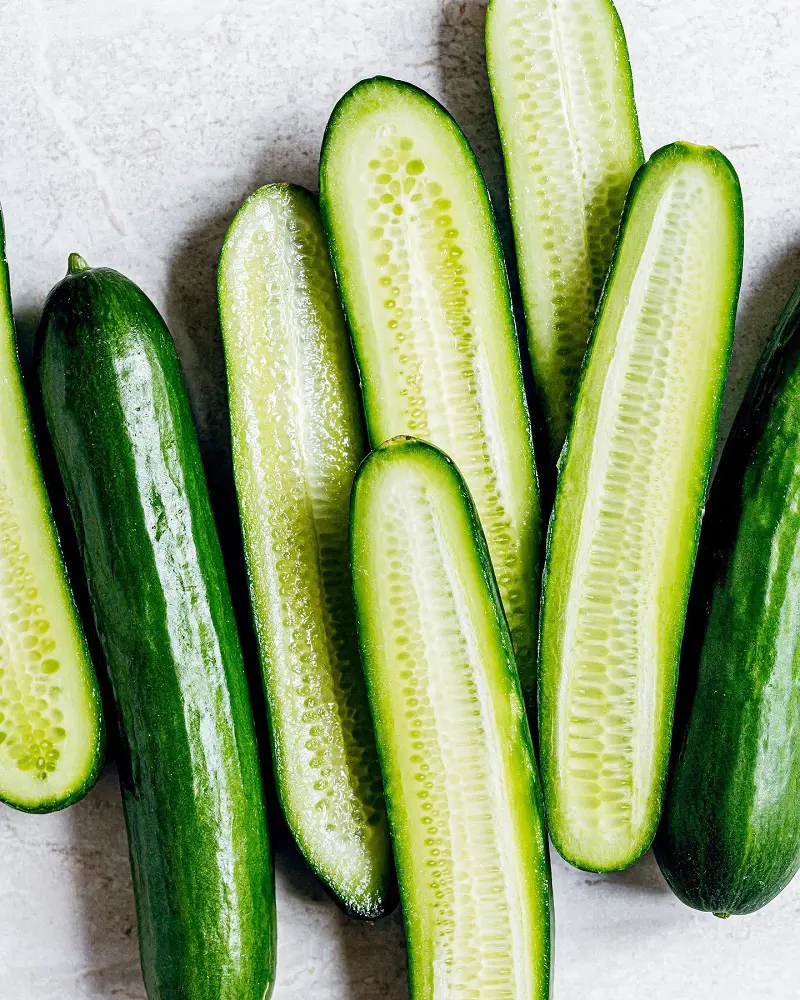
Cucumber has antihistamine properties, making it a refreshing addition if you have histamine-related symptoms. It also has prostaglandin-inhibiting effects. Prostaglandin is an inflammatory agent unleashed from mast cells alongside immune chemicals, so high prostaglandin can increase the inflammatory impacts of histamine on the human body.
Besides this, cucumber also possesses vitamin C, which serves as a natural antihistamine by decreasing the amount of bioactive amines created by the body in response to allergies. Just one medium raw, unpeeled cucumber supplies 10% of the daily value of vitamin C.
14. Sweet Corn
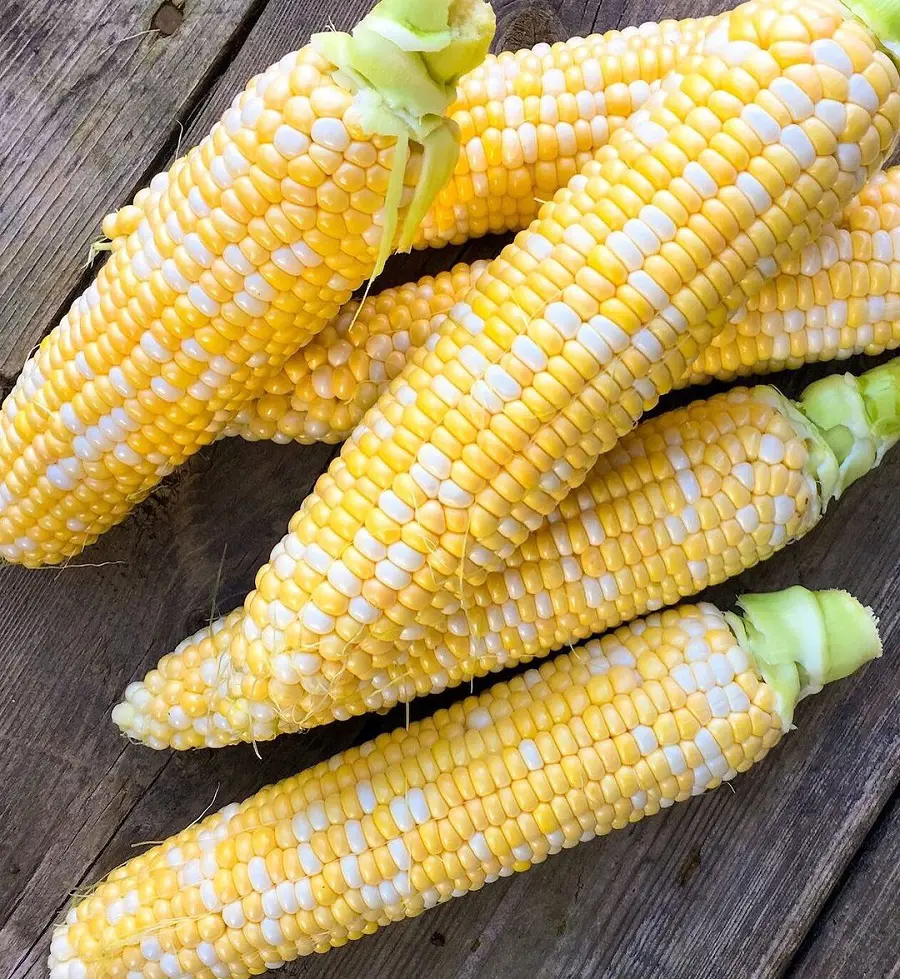
Sweet corn is a satisfying vegetable low in histamine. For this reason, it does not generally start bioactive amine release or yield negative responses in people with its intolerance. The low level of immune chemicals makes it a safe option for those who want to relish the juicy, sweet kernels without fearing possible adverse reactions.
However, its level can differ depending on the freshness and warehouse of this sweet vegetable. Compared to stored corn for an extended period, freshly harvested corn likely has inferior histamine levels. So, to grab its nutritional benefits, consume fresh sweet corn.
15. Onions
Regardless of their types, onions have powerful natural antihistamine effects. It is rich in a flavonoid antioxidant called quercetin. This antioxidant works by stopping the production and discharge of histamines and even assists in stabilizing the cells that unleash these compounds involved in allergic responses.
In addition, flavonoid acts as an antihistamine and anti-inflammatory agent by blocking the pro-inflammatory cytokines release and hindering bioactive amine discharge from mast and basophils cells.
16. Some Fruits
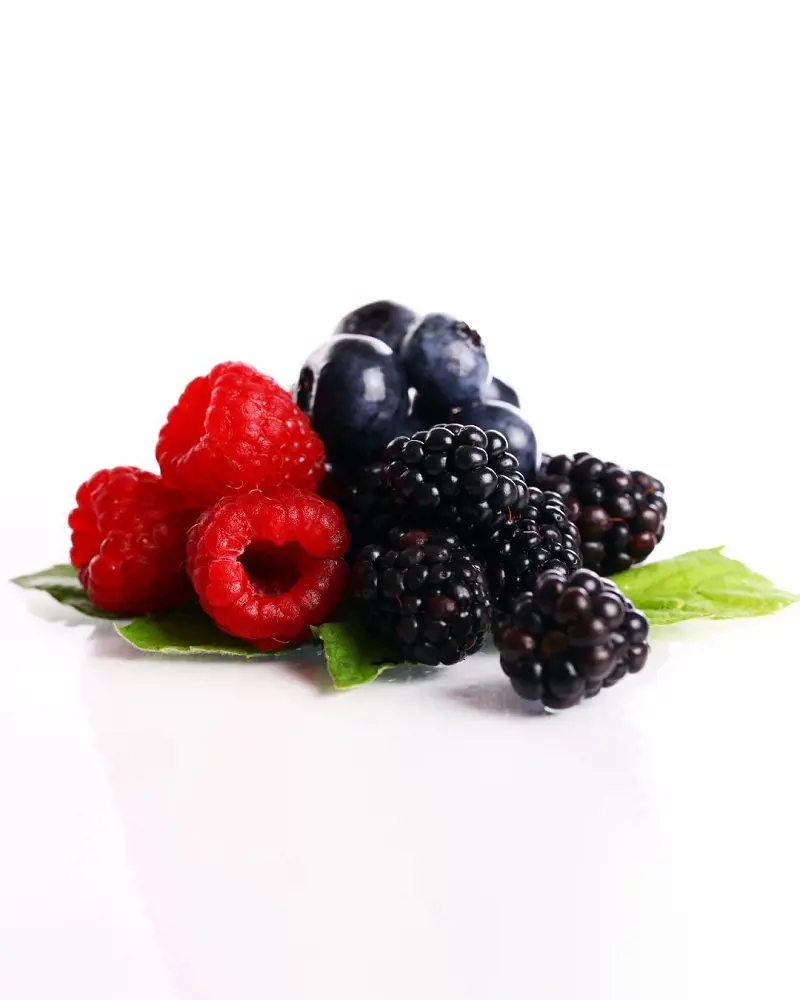
In the world, there are hundreds of types of fruits, but some of them are low in histamine levels. For healthy fruits like apples, apricots, blackberries, blueberries, cantaloupe, cherries, fresh cranberries, fresh mangoes, fresh pears, dragon fruit, and peaches, histamine response is minimal.
Flavonoid-rich fruits inhibit immune chemical production and have a protective effect. Also, quercetin, a flavonoid antioxidant, controls immune cells from bioactive amine release, which causes allergic reactions. So, these fruits assist in relieving symptoms of allergies.
17. Most Fresh Herbs
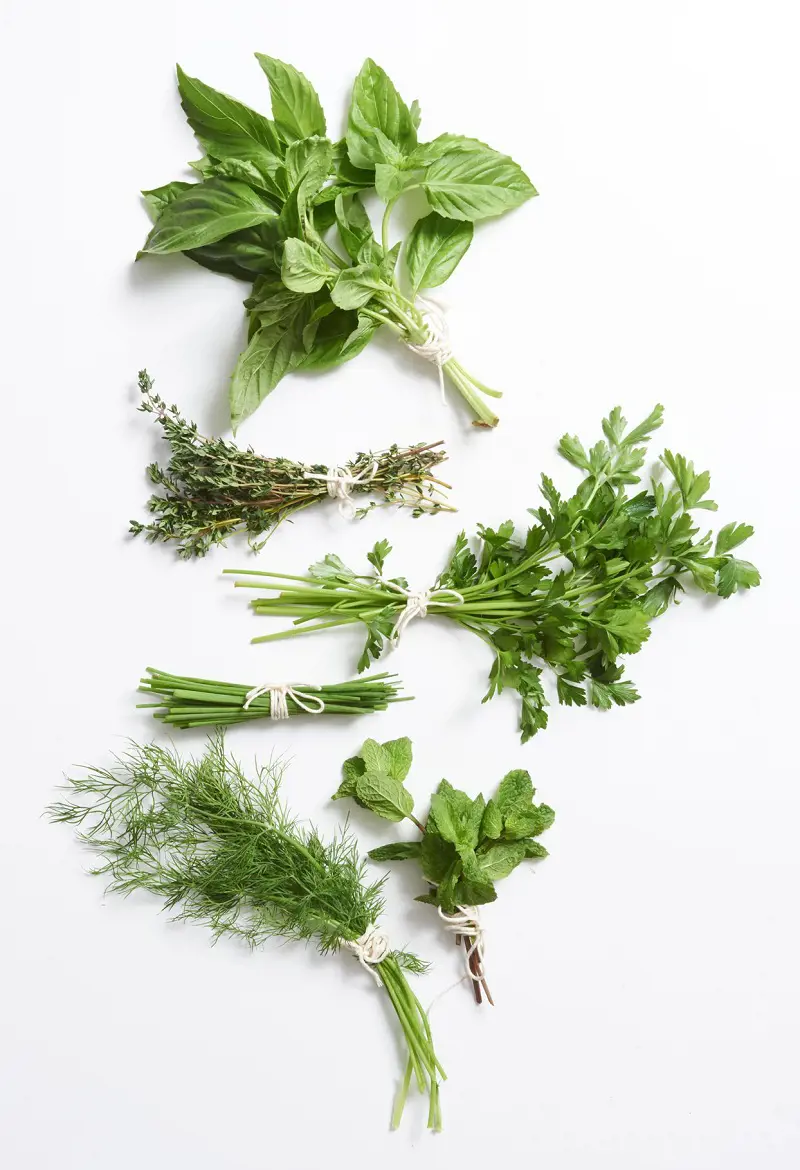
If you think a low histamine diet lacks flavor, add some herbs and spices lower in histamine to enjoy tasty meals. Most fresh herbs are categorized in the list of foods that contain inferior immune chemicals.
Herbs like basil, mint, oregano, parsley, rosemary, sage, thyme, and spices like cardamon, cinnamon, turmeric, and ginger are the best to add to your food if you have bioactive amine intolerance. These herbs and spices help to balance mast cells and reduce histamine load.
18. Rice
A staple food for half of the world's population, rice is low in histamine, so rice-based snacks are perfect for individuals with histamine intolerance. Unlike aged or fermented foods, white rice and brown rice do not experience a process that stimulates immune chemical formation.
So, it is a valuable food for people who suffer from these related issues and for those who are trying to reduce histamine intake. As rice is a versatile food, you can mix it into a variety of dishes or pair it with vegetables and spices that have anti-histamine action to create flavorful and delightful meals.
19. Herbal Tea
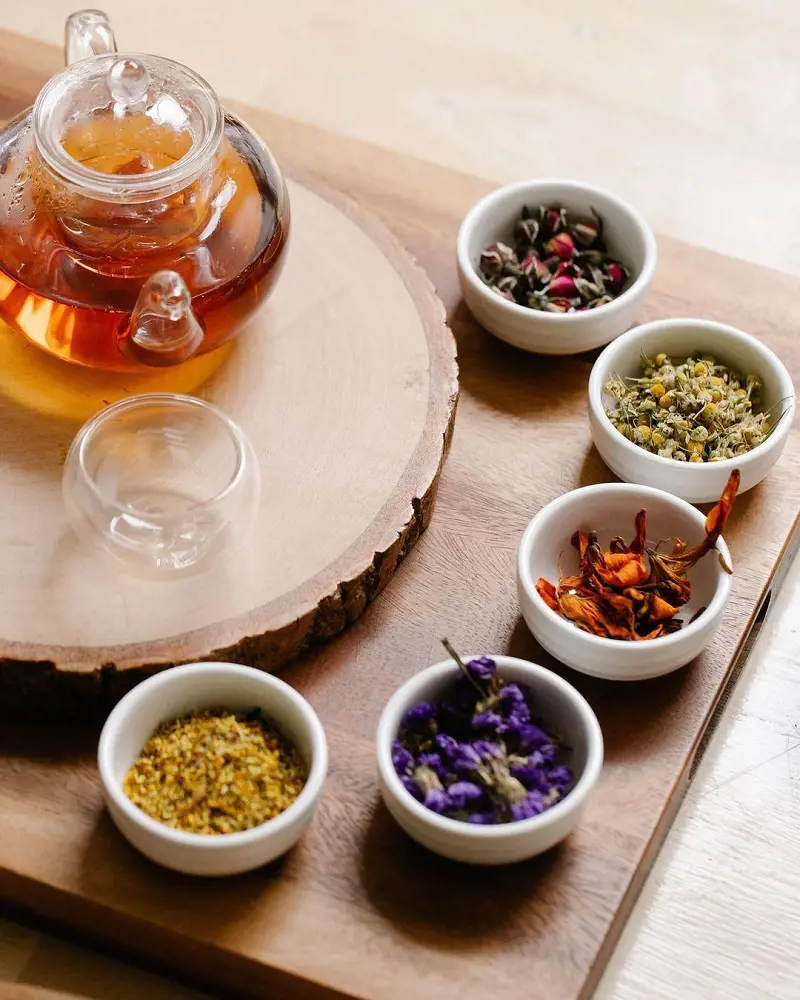
Most herbal teas are low in histamine, especially ginger, tulsi, rooibos, spearmint, and peppermint tea. These natural anti-histamine teas fight inflammation, balance mast cells, and hamper viral activity. Some herbal tea, like peppermint tea, works similarly to an H2 inhibitor, keeping seasonal allergies at bay by maintaining mast cells.
They are also rich in polyphenols, antioxidants that boast plenty of mast cell-stabilizing compounds, like quercetin. Even tea leaves have anti-histamine action, but the caffeine level may stop the clearing of immune chemicals.
20. Nuts And Seeds
Some nuts and seeds have likely low histamine levels. Nuts like almonds, fresh chestnuts, pine nuts, pecans, pistachios, and seeds like chia seeds, hemp seeds, flax seeds, pumpkin seeds, poppy seeds, and sunflower seeds are the best to add to your diet if you have histamine intolerance.
Consume these types of nuts and seeds as fresh and raw as possible to minimize the possibility of histamine accumulation as the older and more processed foods have biogenic amines that affect bioactive amine levels.
Recent posts
Nutrition
Nutrition
Hard Boiled Eggs Nutrition, Benefits And How To Eat?
Packed with vitamins, minerals, and protein, hard-boiled eggs are a nutritious powerhouse that gives your body endurance and vitality. They are adaptable, simple to make, and pair well with various types of healthy diets. Hard-boiled eggs are rich in...
Nutrition
Duck Eggs Benefits, Nutrition, And How To Eat?
Believed to have better taste and texture than chicken eggs and significantly bigger, duck eggs are nutrient-packed. They supply a very high amount of protein, omega-3 fatty acids, vitamins and minerals which makes them perfect for people who wish to...
Nutrition
Are Egg Whites Good For You? Benefits, Nutrition, And How To Eat?
Egg whites are popular these days while egg yolks are considered a health havoc. This claim is not always true but if you are someone who is going through weight gain problems or other conditions like heart disease, it's important to focus on egg whi...
Nutrition
20 Heart Healthy Foods You Must Include In Your Diet
Your heart is your body's engine that functions nonstop to maintain your vitality. It's time to give back to your heart which does so much to you. Eating heart-healthy proper food is one of the simple and effective ways to boost your heart health. Ho...
Nutrition
20 Foods You Can Eat On A Low Residue Diet
A low-residue diet is designed to minimize the amount of undigested food that moves through the intestines, making it beneficial for individuals with certain digestive issues, such as inflammatory bowel disease or before certain medical procedures. T...
Nutrition
15 Moringa Benefits That Can Make You Healthier
Known as the "miracle tree", moringa is celebrated for its remarkable health advantages. This plant’s leaves, flowers, seeds, and roots have been often used in folk medicine as they bear numerous minerals and antioxidant properties. This plant ...
